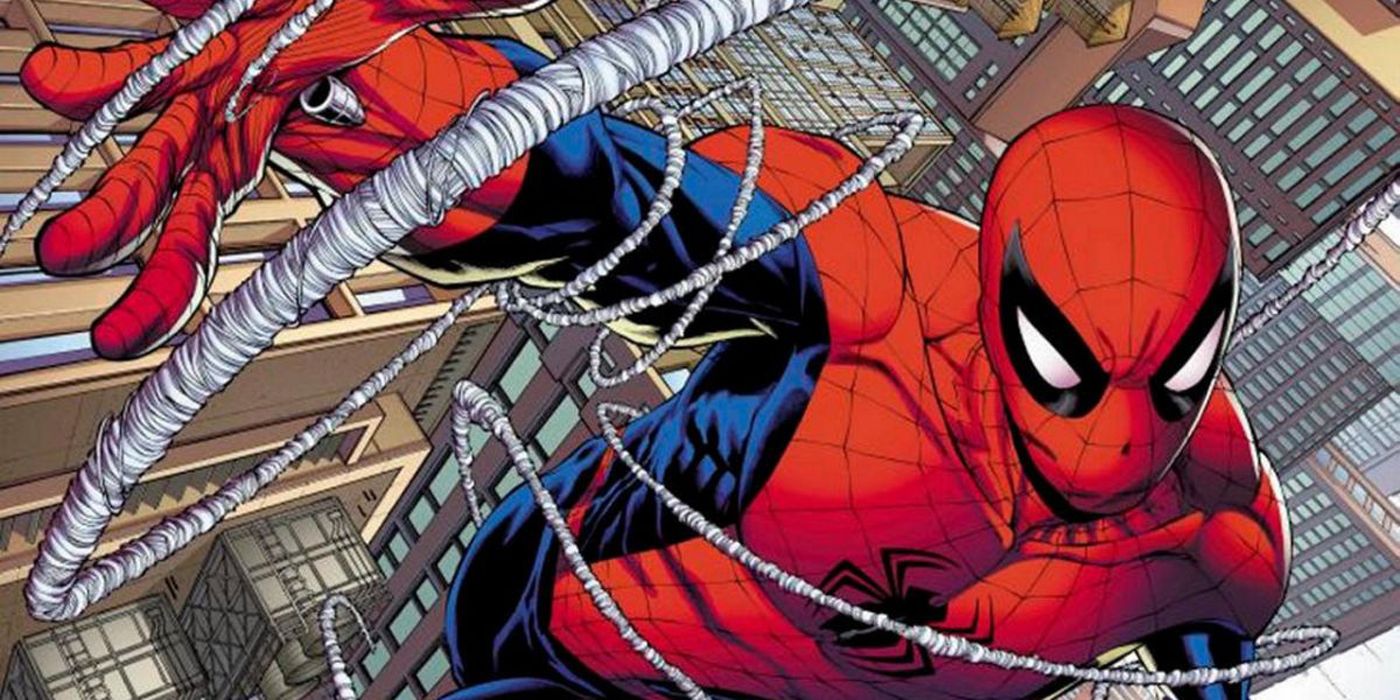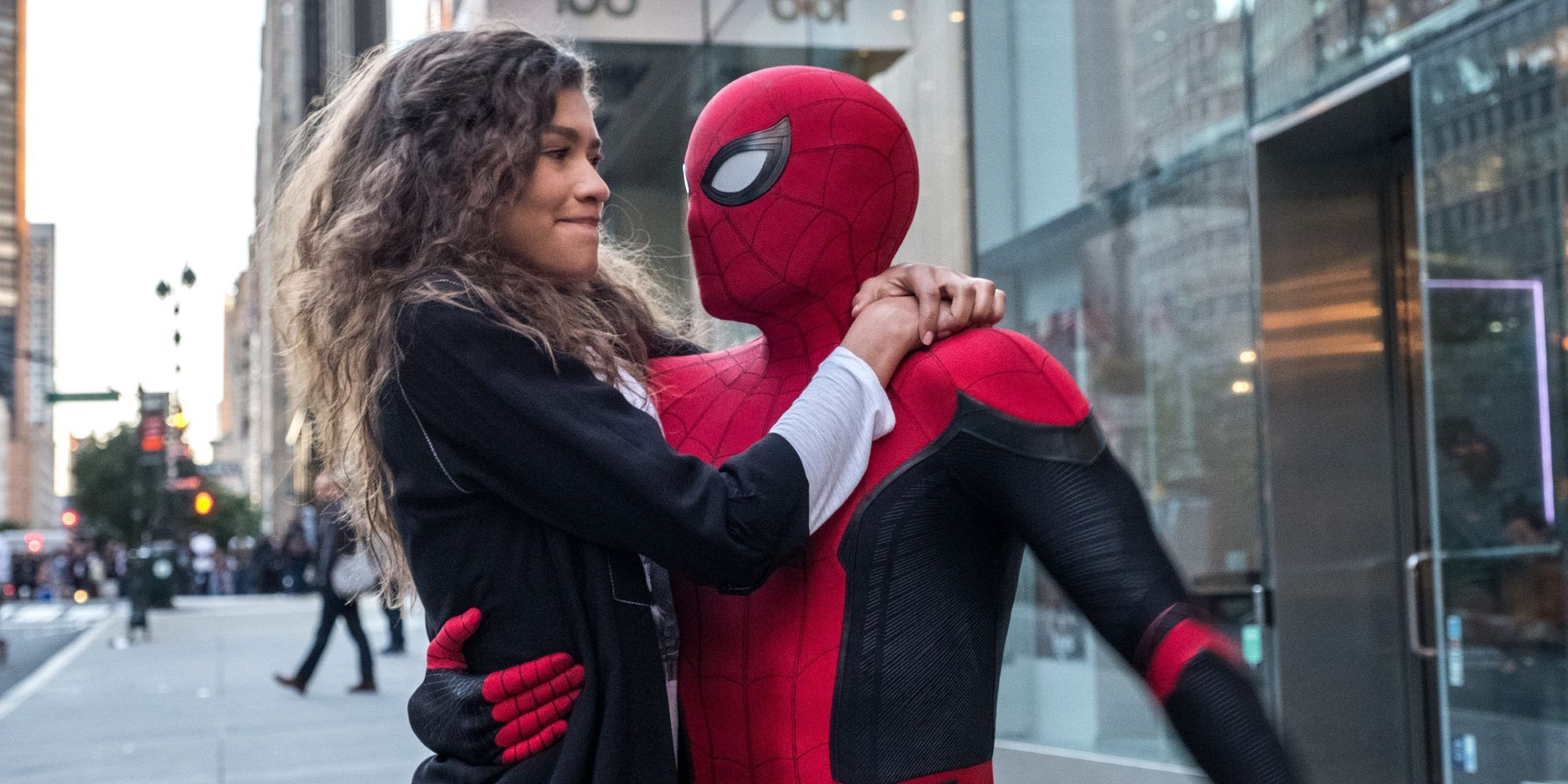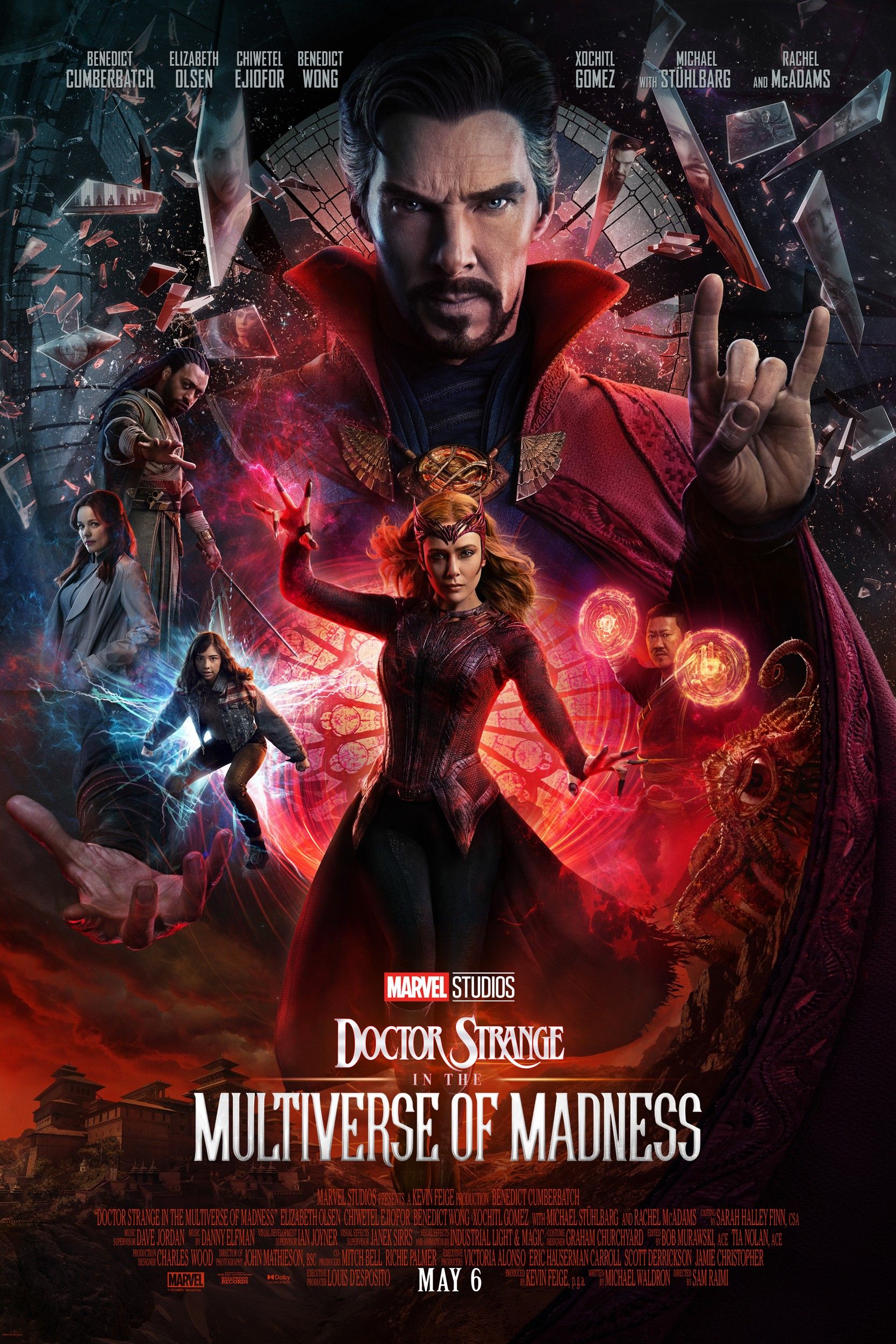Everybody's favorite friendly neighborhood Spider-Man should really struggle to respond to crimes as quickly as he does. Let's face it, there's an aspect of Spider-Man that is simple wish fulfilment; how many drivers in New York City haven't sometimes wished they could just swing over the roads, not held up by traffic jams or red lights?
To the criminals of New York, Spider-Man seems to respond with disturbing speed. As the theme tune to the classic Spider-Man animated series puts it, "In the chill of night, at the scene of a crime, like a streak of light he arrives just in time!" But how realistic is Spider-Man's quick response time? How long should it really take him to get from his home in Queens to Manhattan, where most of the crimes he fights seem to take place?
Most incarnations of Spider-Man have been supposed to be based in Queens, about 12 miles away from Manhattan. It would probably take Peter Parker about 15 to 20 minutes to respond to a news bulletin or an explosion he heard in the distance, but fortunately that's not normally how he discovers a problem; the wall-crawler tends to clamber out of his Aunt May's window at night and go out on patrol. Initially these patrols would have been haphazard affairs - Spider-Man: Homecoming contained an amusing riff on them in which he was bored out of his mind and struggling to find anything to do - but experience would have allowed Spider-Man to adjust them. It's now reasonable to assume Spider-Man's patrol takes him near to the highest value targets, ranging from museums to banks. Presumably these patrols avoid having too obvious a pattern, though, because otherwise crooks would simply adjust to the vigilante's presence in New York.
Most of Spider-Man's quickest responses are down to what he dubs the "Parker luck." School student Peter Parker seems fated to get caught up in every conceivable crisis; if he goes to the bank, there's a robbery, if he's attending a class at ESU, a supervillain breaks in. There have even been cases where he had headed to a café with friends, only to be forced to switch into costume when there's a robbery at the bank over the road. Although he isn't a photographer in the MCU, most versions of Spider-Man have worked for the Daily Bugle, and consequently Peter is often sent to major events to take photos - events that get crashed by the like of Doctor Octopus, Electro, Green Goblin or the Sinister Six. Ironically, these random events must disrupt any sense there's a pattern to his patrols, helping ensure Spider-Man's movements become unpredictable.
Because Spider-Man swings across the whole of Manhattan, he often finds himself teaming up with other superheroes whose beats are far smaller. Take Daredevil; technically he's the hero of Hell's Kitchen, a pretty small neighborhood on New York's West Side. Compared to Spider-Man, Daredevil has it easy, because he can just climb out his window and patrol the entire area in less than an hour. The Man Without Fear simply isn't as ambitious as Spider-Man.








